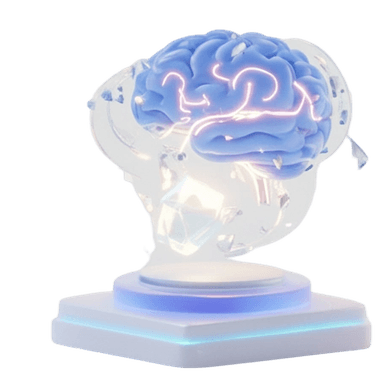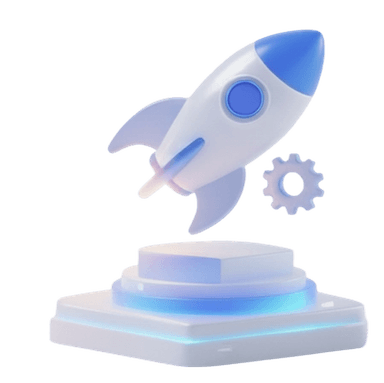Optimal Solution, making the uncertain more certain.
We help organisations design confident operations with advanced optimisation, machine learning and analytics. From workforce to supply chain and beyond—we turn complex data into simple, actionable decisions.
Who we are and what we stand for
At BlueSky Creations, we are passionate about using technology to solve complex business problems. We push the boundaries of what's possible in AI, machine learning and optimisation to help organisations operate at their best and create a better world for everyone.
From workforce optimisation and supply chain orchestration to intelligent decision support, our team blends scientific rigour with practical delivery so clients can tackle uncertainty with confidence.
Deep Optimisation
Custom algorithms built on IBM CPLEX, mathematical programming and simulation deliver decisive outcomes at speed.

AI Powered
We combine machine learning with domain expertise so teams can trust, act on and explain automated recommendations.

Delivery Excellence
Advisory, prototyping and platform delivery ensure innovation scales—from pilots through to high-stakes production environments.

Coles and IBM Collaboration
BlueSky Creations, in collaboration with Coles and IBM, is redefining business optimisation. Using IBM CPLEX and advanced algorithms, we solve complex routing, inventory and scheduling challenges—turning data into smarter, faster decisions that drive measurable results.










Products Cases
Explore our suite of optimisation platforms and services designed for retail, logistics, staffing, and AI-led transformation.
Ready to see the power of BlueSky Creations in action?
Contact us to schedule a demo or speak with our team about the optimisation, AI or decision science challenge you are aiming to solve.
- Discovery sessions to uncover optimisation opportunities
- Scenario modelling, proof-of-concept builds and rapid prototyping
- Full-scale delivery, integration and ongoing optimisation support
Book a Call
Have questions? We'd love to hear from you.





